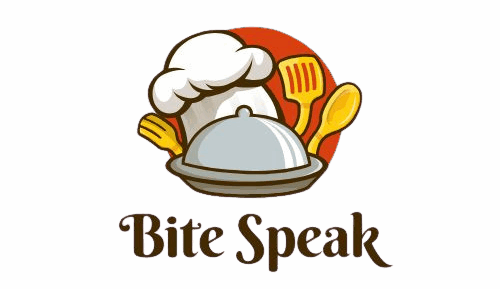20 Unhealthy Foods For Type 2 Diabetes
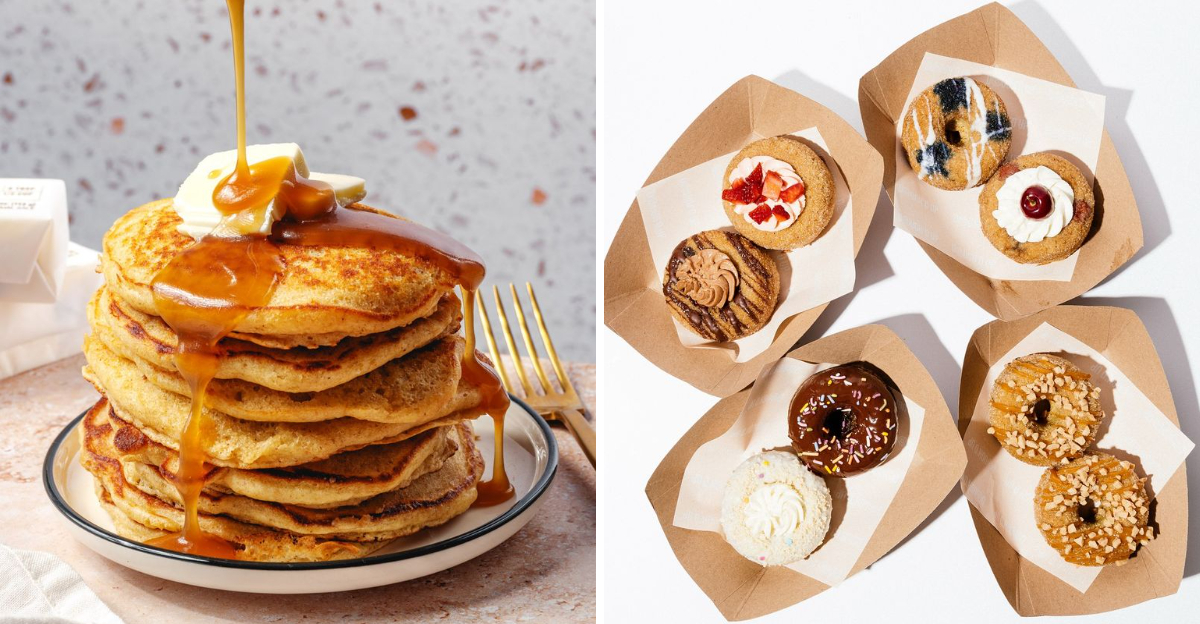
Managing type 2 diabetes effectively involves making mindful food choices. While some foods are beneficial, others can significantly disrupt blood sugar levels. In this article, we explore 20 foods that are particularly unhealthy for individuals with type 2 diabetes. These foods can cause rapid spikes in blood glucose, contribute to weight gain, and may even lead to other health complications. Understanding which foods to avoid can help in maintaining a balanced diet and better managing diabetes. Let’s delve into these 20 foods to better navigate a healthier lifestyle.
1. White Bread
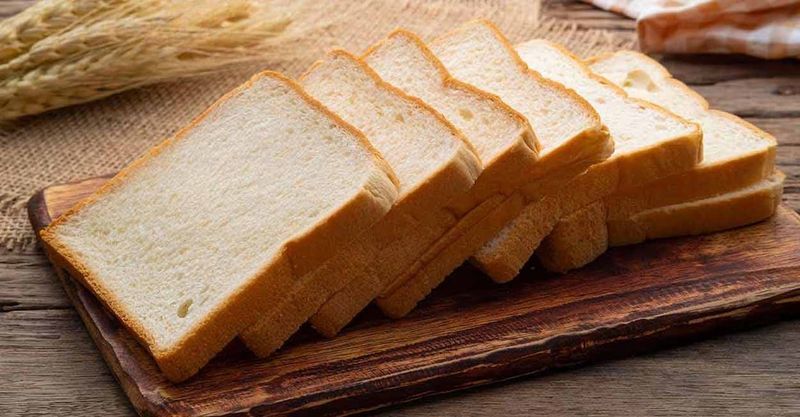
White bread is made from refined flour, which has been stripped of most of its fiber and nutrients. This lack of fiber means that white bread is quickly digested, leading to rapid spikes in blood sugar levels. For those managing type 2 diabetes, these sudden increases in blood glucose can complicate blood sugar control. Opting for whole grain alternatives can provide more fiber and nutrients, helping to stabilize blood sugar and promote longer-lasting energy. The soft texture of white bread may be appealing, but its impact on health makes it a less ideal choice for diabetics.
2. Sugary Breakfast Cereals
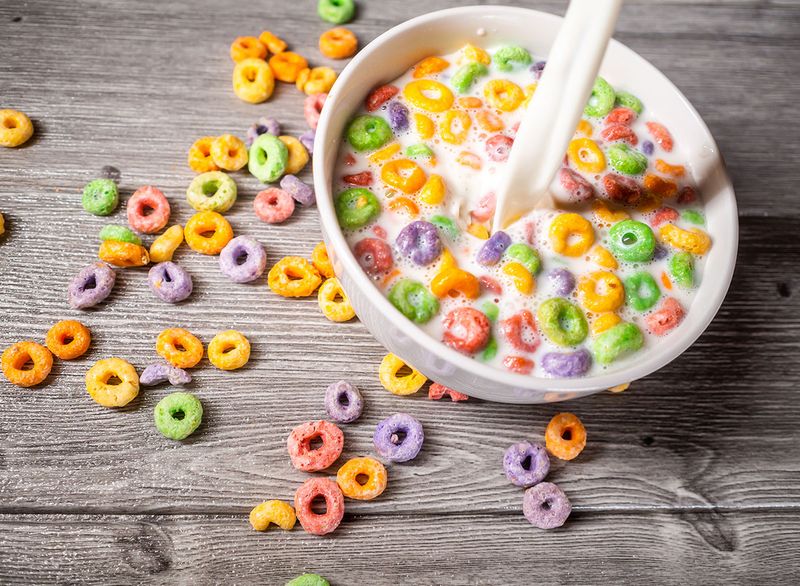
Sugary breakfast cereals, often marketed as healthy with labels like “natural” or “fortified,” are loaded with added sugars. These cereals provide little nutritional value and can cause blood sugar levels to rise sharply. Despite their convenience, they lack the fiber necessary to slow down digestion and maintain stable blood sugar levels. For individuals with type 2 diabetes, choosing cereals that are higher in fiber and lower in added sugars can be a better option. The bright colors and sweet flavors may be tempting, but they conceal potential risks for blood sugar management.
3. Sweetened Yogurt
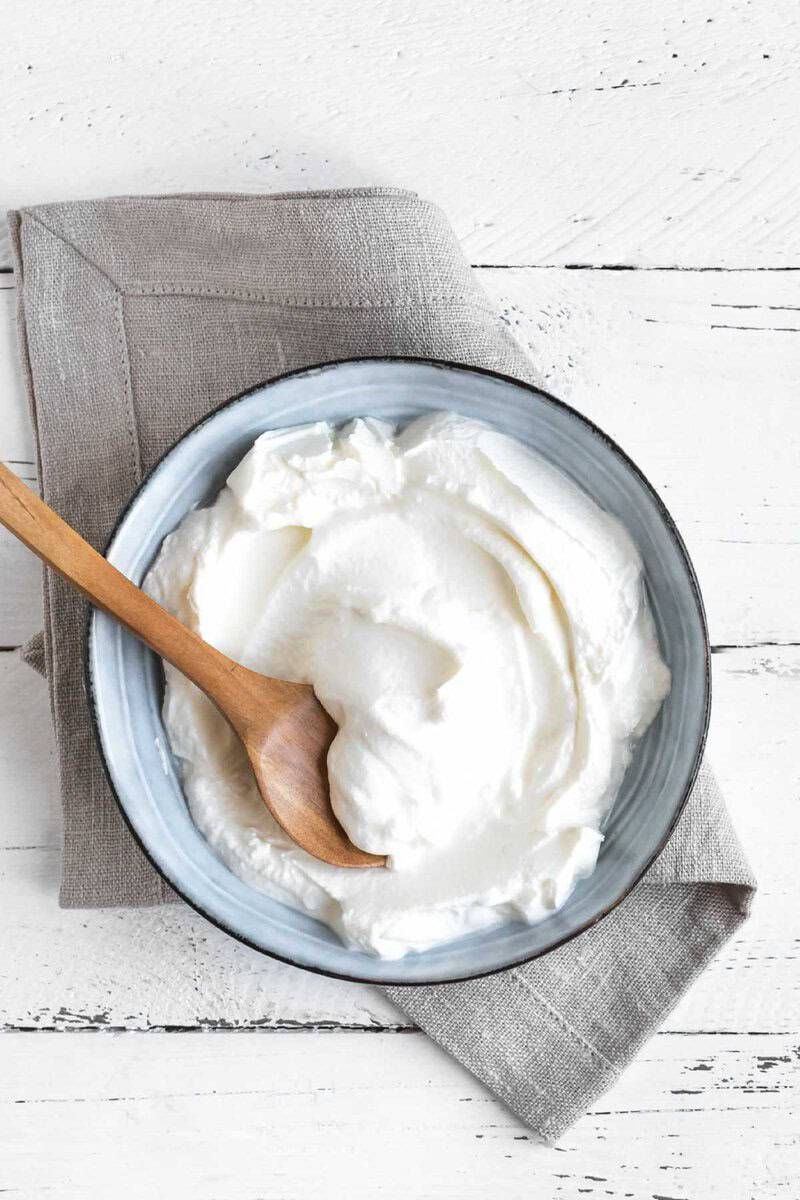
Sweetened yogurts, especially those with fruit flavors, often contain as much sugar as a dessert. This added sugar can cause blood sugar to spike, which is problematic for those with type 2 diabetes. Opting for plain yogurt and adding fresh fruit can be a healthier choice, providing the benefits of yogurt without the excess sugar. The creamy texture and fruity taste might seem like a healthy option, but hidden sugars can undermine efforts to control blood glucose. Always check labels for sugar content before adding these yogurts to your diet.
4. Fried Foods (Like French Fries)
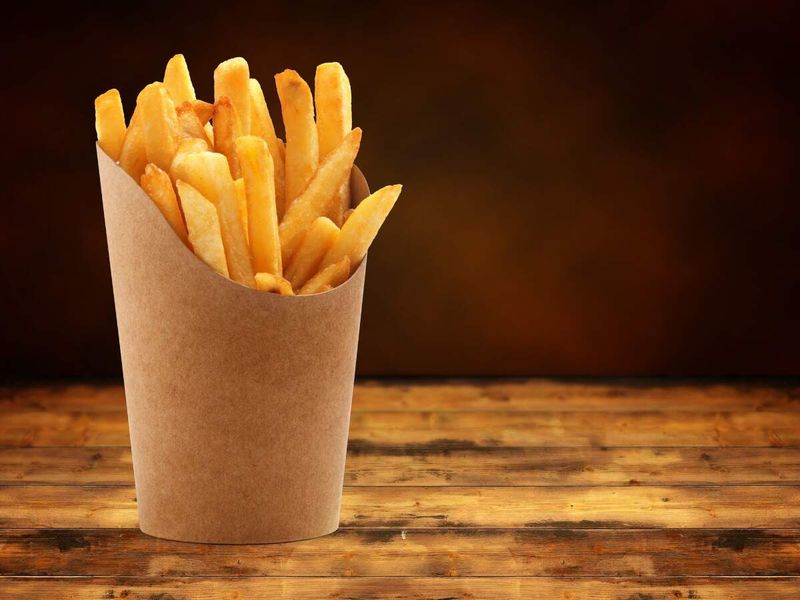
Fried foods, including favorites like French fries, are high in unhealthy fats and carbohydrates that can promote insulin resistance. The cooking process often involves oils that contribute to unhealthy fat intake, further complicating blood sugar management. For individuals with type 2 diabetes, frequent consumption of fried foods can lead to weight gain and increased difficulty in managing diabetes. While the crispy texture and savory flavor are tempting, it’s advisable to limit intake and explore healthier cooking methods. Baking or air frying can offer similar textures with less health risk.
5. Soda and Sugary Beverages
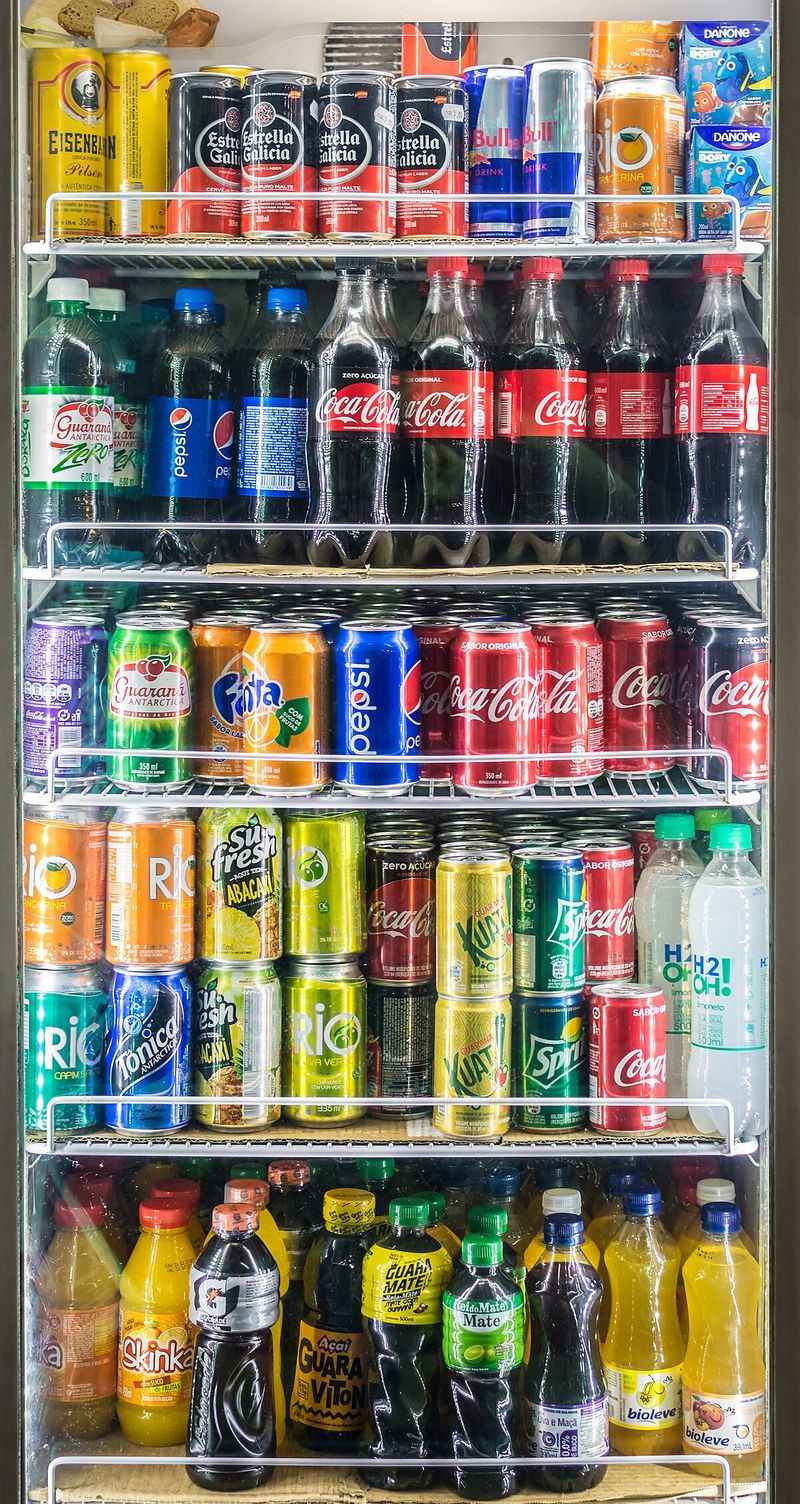
Soda and sugary beverages are among the leading contributors to rapid blood sugar elevation, primarily due to their liquid sugar content. For those with type 2 diabetes, these drinks can lead to significant spikes in glucose levels and contribute to inflammation. Replacing sugary drinks with water, herbal teas, or beverages with no added sugars can help manage blood sugar levels more effectively. The refreshing fizz and sweet taste might quench thirst, but they pose hidden dangers to blood glucose stability. Prioritizing hydration without added sugars is essential for diabetes management.
6. Candy Bars
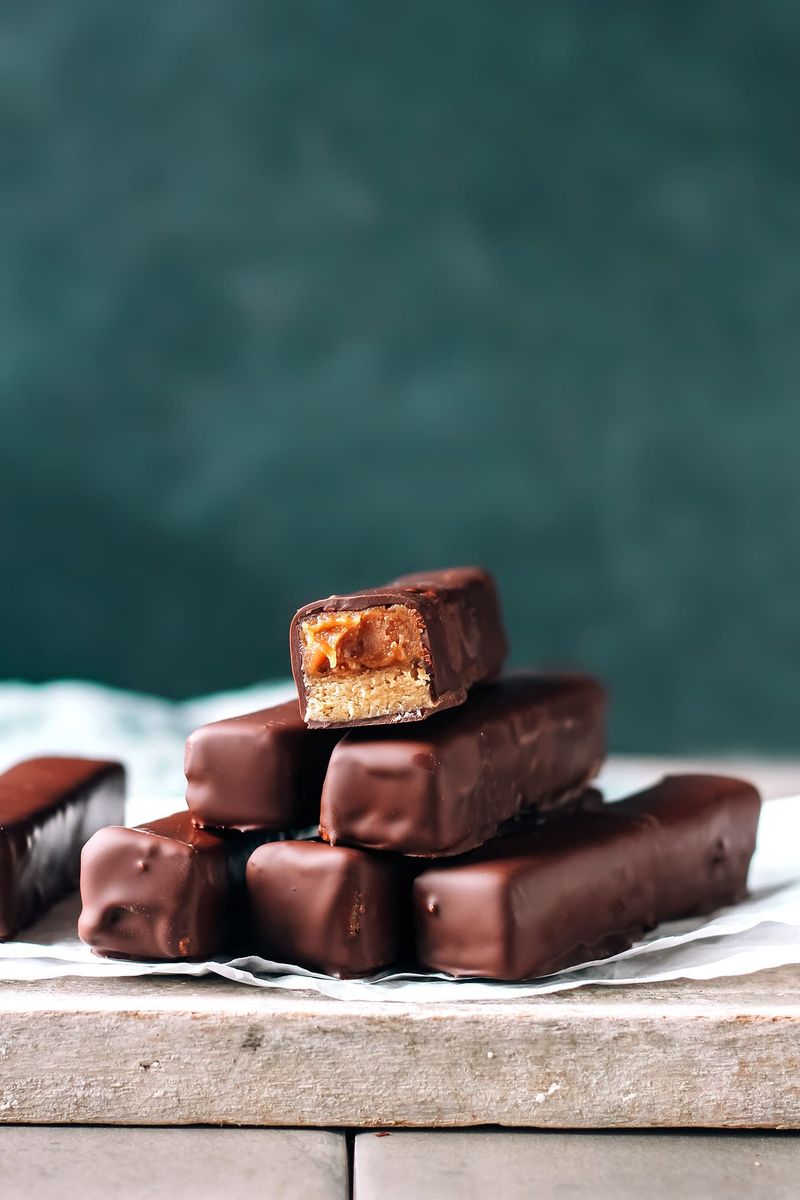
Candy bars are a concentrated source of sugar, refined carbohydrates, and unhealthy fats, making them a triple threat for individuals with type 2 diabetes. The combination of these ingredients can lead to rapid blood sugar spikes and make managing diabetes more challenging. Although they offer a quick source of energy, the lack of nutritional value makes them unsuitable for regular consumption. Consider choosing snacks with better nutritional profiles, such as nuts or fruits, to satisfy sweet cravings without the adverse effects. The allure of a quick chocolate fix can be tempting, but mindful choices are crucial.
7. White Rice
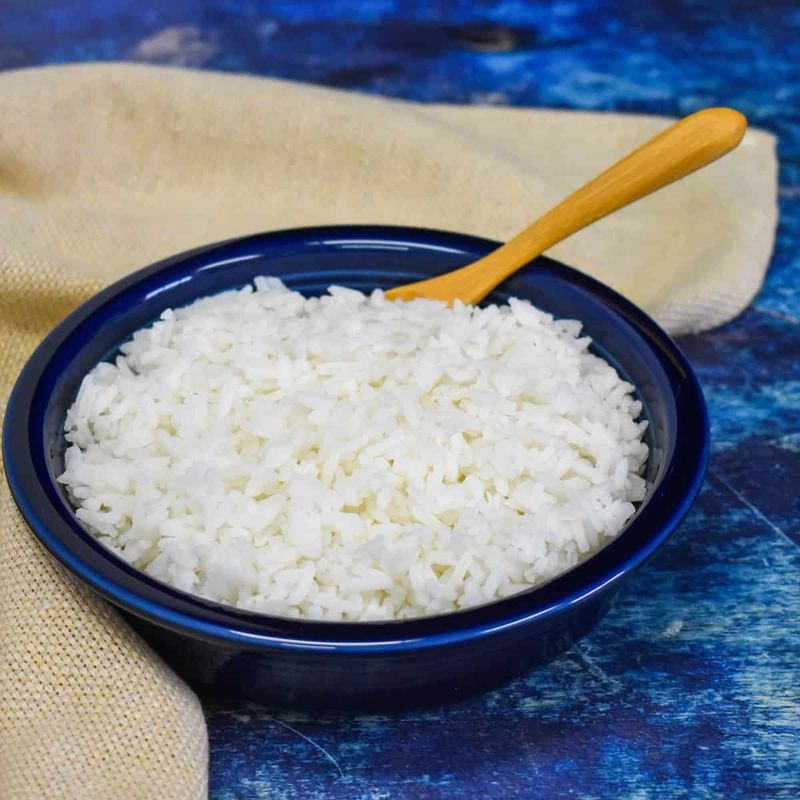
White rice is a staple in many diets but poses challenges for those with type 2 diabetes due to its high glycemic index. It is quickly digested into sugar, leading to spikes in blood glucose levels. Opting for alternatives like brown rice, quinoa, or cauliflower rice can provide more fiber, nutrients, and a slower release of sugar into the bloodstream. The fluffy texture of white rice is comforting and familiar, yet it’s important to be mindful of portion sizes and frequency of consumption. Balancing comfort foods with healthier grains is key.
8. Fast-Food Burgers
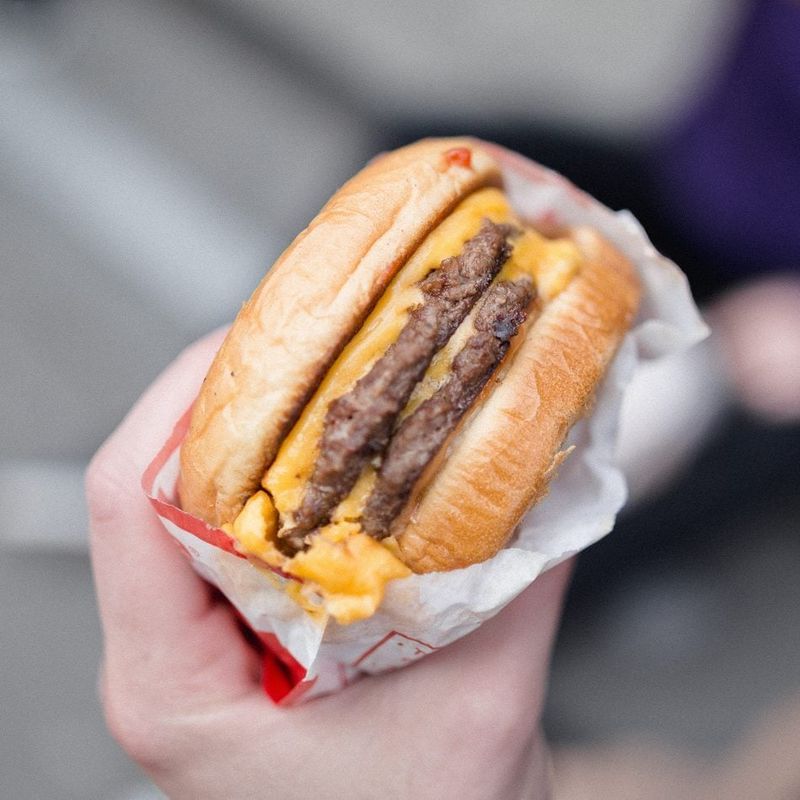
Fast-food burgers, often served with refined buns and processed meats, are high in unhealthy fats and carbohydrates. These components can lead to insulin resistance and difficulties in managing blood sugar levels for individuals with type 2 diabetes. The convenience and taste are undeniable, but frequent consumption can hinder diabetes management. Choosing leaner meats and whole grain buns, or preparing burgers at home, can make this meal more diabetes-friendly. While the juicy patty and melting cheese might be irresistible, moderation and mindful choices can help mitigate health risks associated with fast food.
9. Frozen Dinners (Especially Pasta-Based)
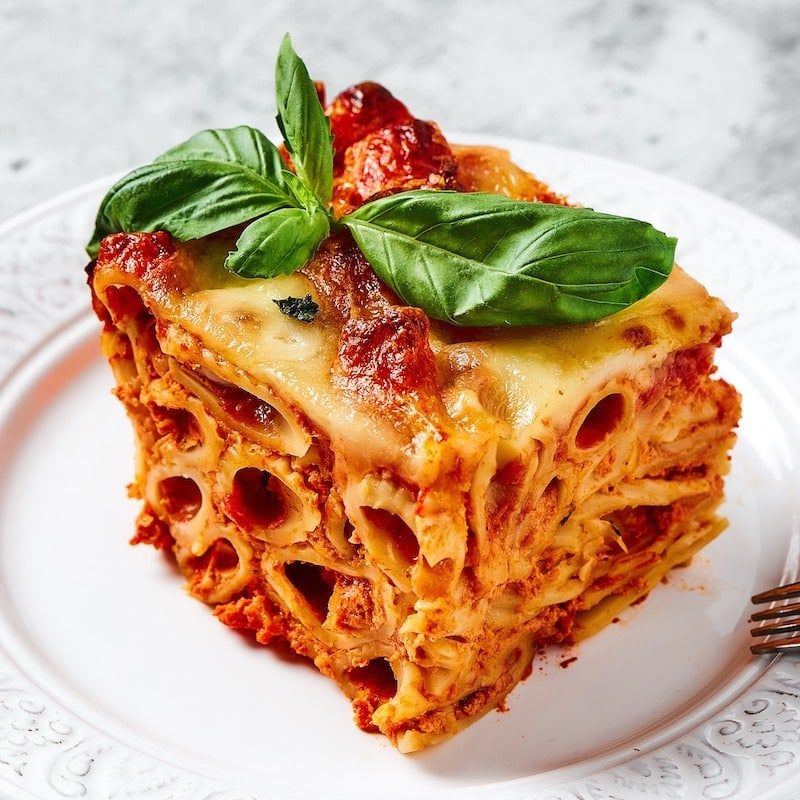
Frozen dinners, particularly those that are pasta-based, often come with high levels of sodium, sugar, and processed carbohydrates. These can negatively impact blood sugar levels and overall health. Individuals with type 2 diabetes may find these meals lacking in fiber and nutrients, making them less than ideal choices for regular consumption. Exploring homemade alternatives or choosing options with lower sodium and sugar content can be beneficial. The convenience of a quick meal is appealing, but understanding the nutritional trade-offs is crucial for maintaining balanced blood glucose levels.
10. Packaged Baked Goods (Muffins, Donuts)
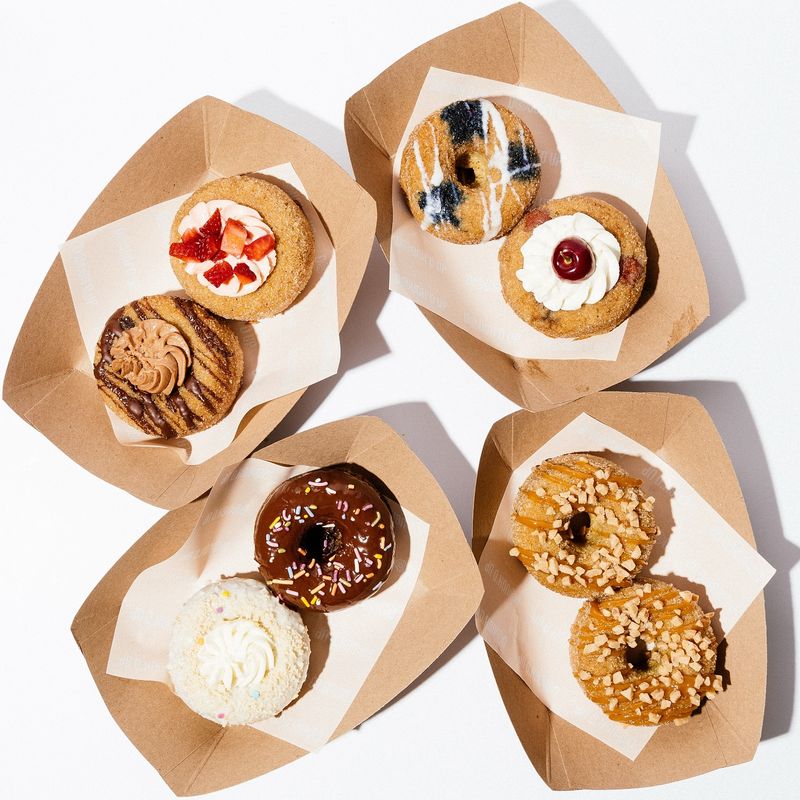
Packaged baked goods, including muffins and donuts, are often loaded with sugars, refined flour, and trans fats. These ingredients can destabilize blood sugar levels and provide little nutritional benefit. For individuals with type 2 diabetes, consuming these treats can lead to rapid glucose spikes and increased difficulty in managing the condition. Baking at home with whole grain flours and natural sweeteners can offer a healthier alternative without sacrificing taste. While the sweet aroma and soft texture are inviting, making informed choices about ingredients can significantly impact blood sugar control.
11. Fruit Juices
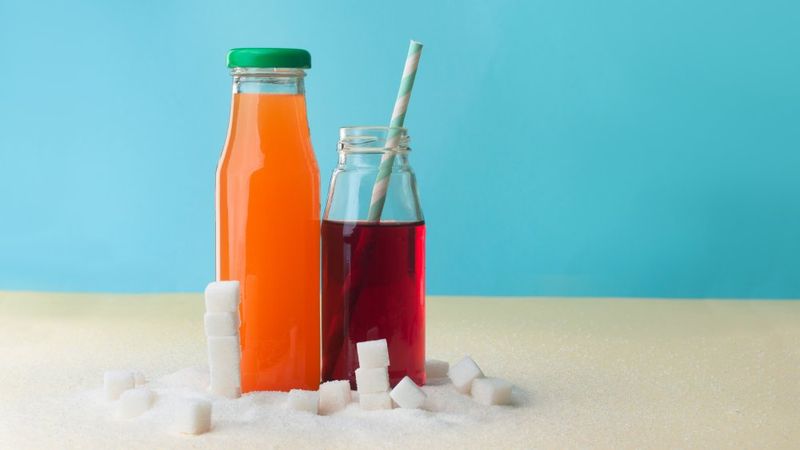
Fruit juices, even when labeled as 100% juice, concentrate the sugars found in whole fruits without providing the beneficial fiber. This can lead to quick spikes in blood sugar levels for those with type 2 diabetes. Opting to consume whole fruits instead of juices can offer the fiber needed to help moderate sugar release into the bloodstream. The refreshing taste of fruit juice can be appealing, but it’s important to consider the impact on blood glucose. Diluting juice with water or choosing lower-sugar options can help manage sugar intake effectively.
12. Energy Drinks
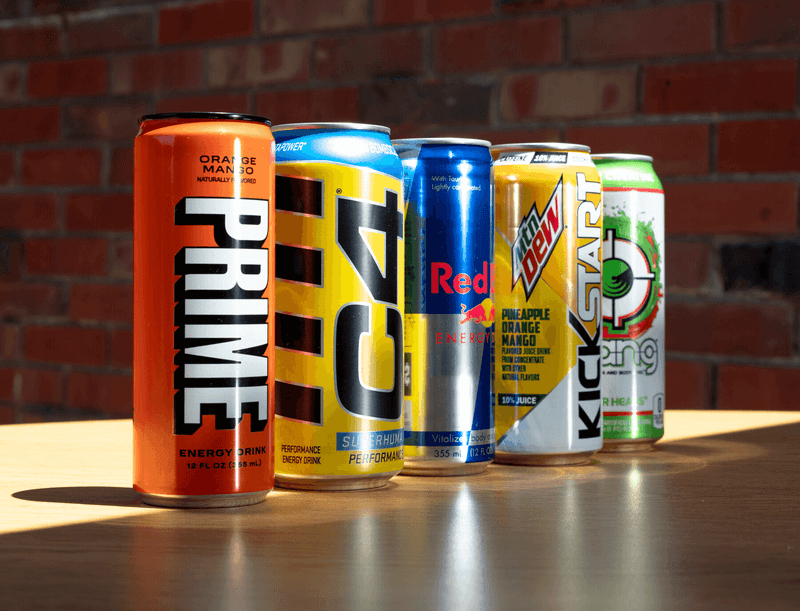
Energy drinks are packed with sugar and caffeine, leading to quick increases in blood sugar and heart strain for those with type 2 diabetes. The combination of these ingredients can complicate glucose management and lead to other health concerns such as increased blood pressure. Seeking alternatives like herbal teas or naturally flavored waters can provide energy without the adverse effects of energy drinks. The invigorating promise of energy might be enticing, but understanding the risks associated with these beverages is vital for maintaining health.
13. Pancakes with Syrup
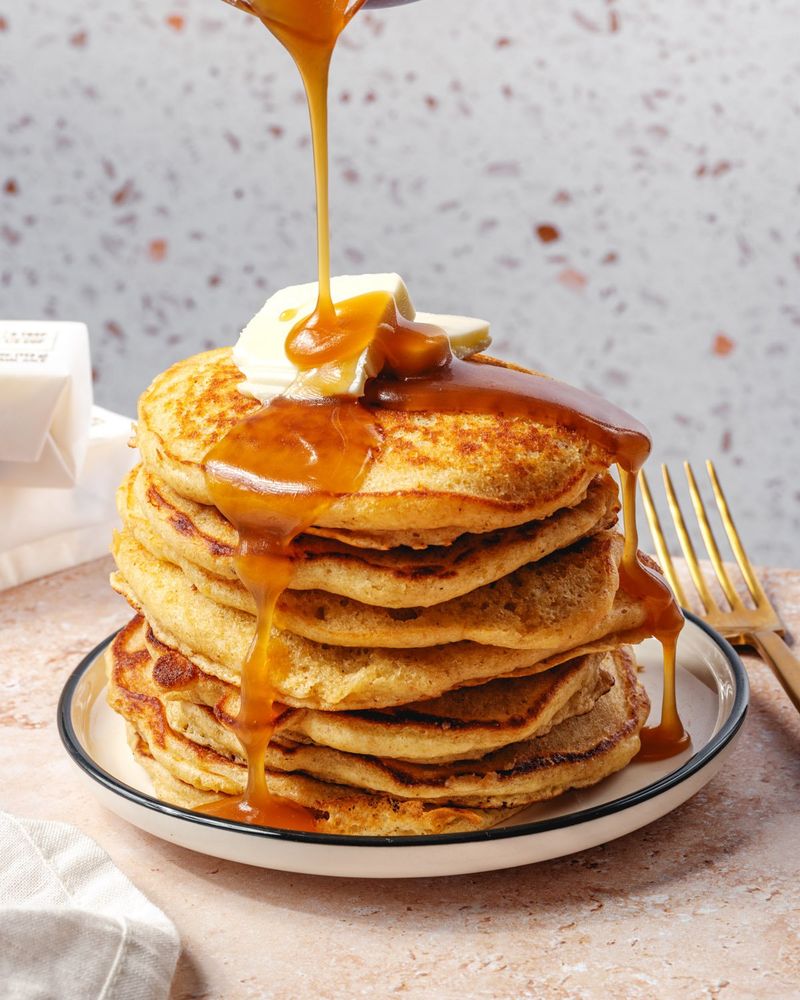
Pancakes with syrup combine refined flour with sugary toppings, becoming a high-carb meal that can lead to blood sugar surges. For those with type 2 diabetes, these spikes can be especially challenging to control. Choosing whole grain pancake mixes and topping with sugar-free syrup or fresh fruit can significantly reduce sugar intake. The comforting aroma and warm, fluffy texture of pancakes are hard to resist, but being mindful of ingredients can help maintain stable blood glucose levels. Moderation and ingredient swaps can make this breakfast favorite more diabetes-friendly.
14. Sweetened Nut Butters
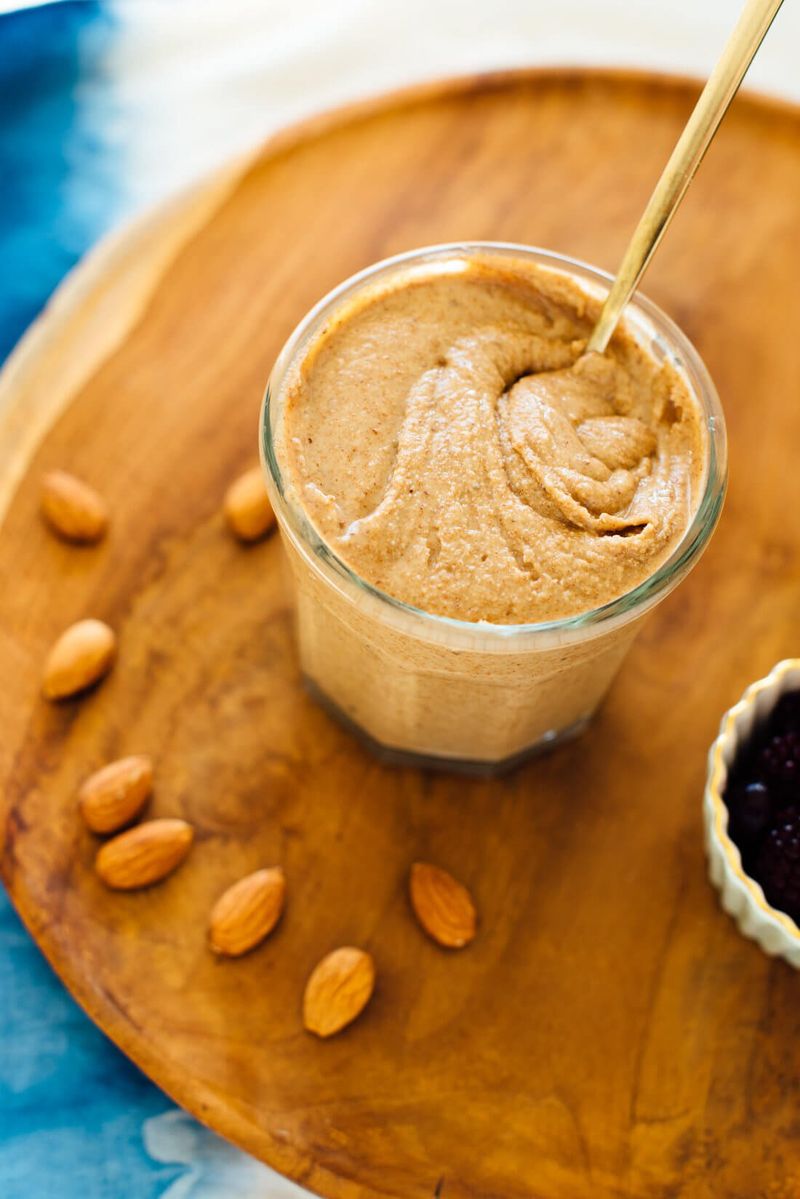
Sweetened nut butters, such as many store-bought peanut butters, often contain added sugars that can worsen blood sugar control. For individuals with type 2 diabetes, opting for natural nut butters without added sugars can be a healthier choice. The creamy texture and nutty flavor of these butters are delicious and versatile, making them a popular snack option. However, scrutinizing labels for added sugars and choosing unsweetened versions can help manage blood glucose levels effectively. Balancing taste and health is crucial when selecting spreads and snacks.
15. Canned Fruit in Syrup
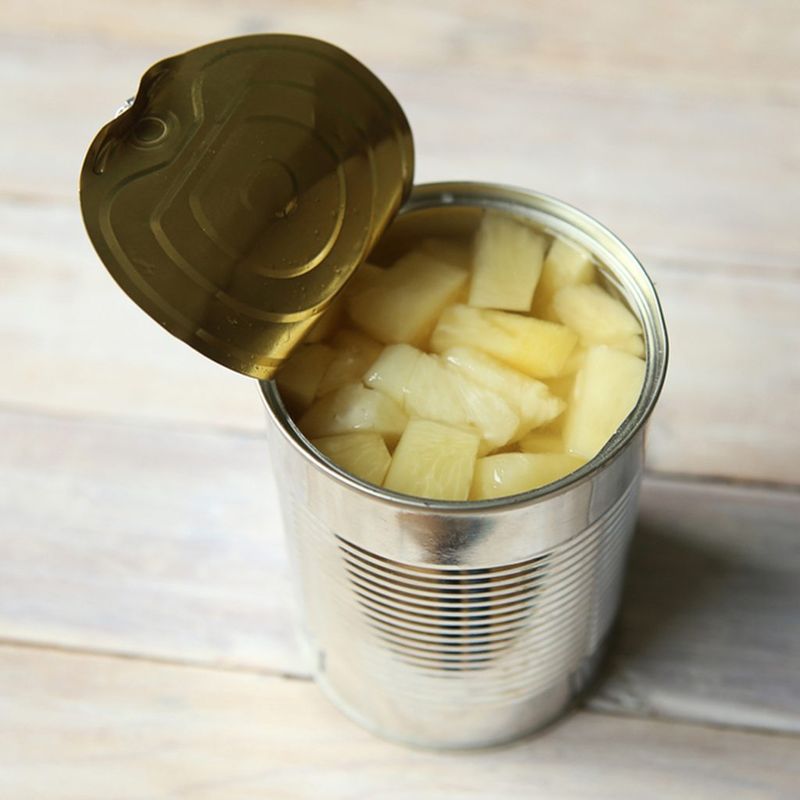
Canned fruits in syrup, even those labeled as “light,” are heavy in added sugars, which can upset blood glucose balance. For those with type 2 diabetes, selecting canned fruits packed in their own juice or water can be a healthier option. While the convenience and sweetness of canned fruits are attractive, being mindful of the syrup content is essential for diabetes management. The luscious appearance of these fruits can be tempting, but prioritizing choices with no added sugar can help keep blood sugar levels in check.
16. Crackers and Chips
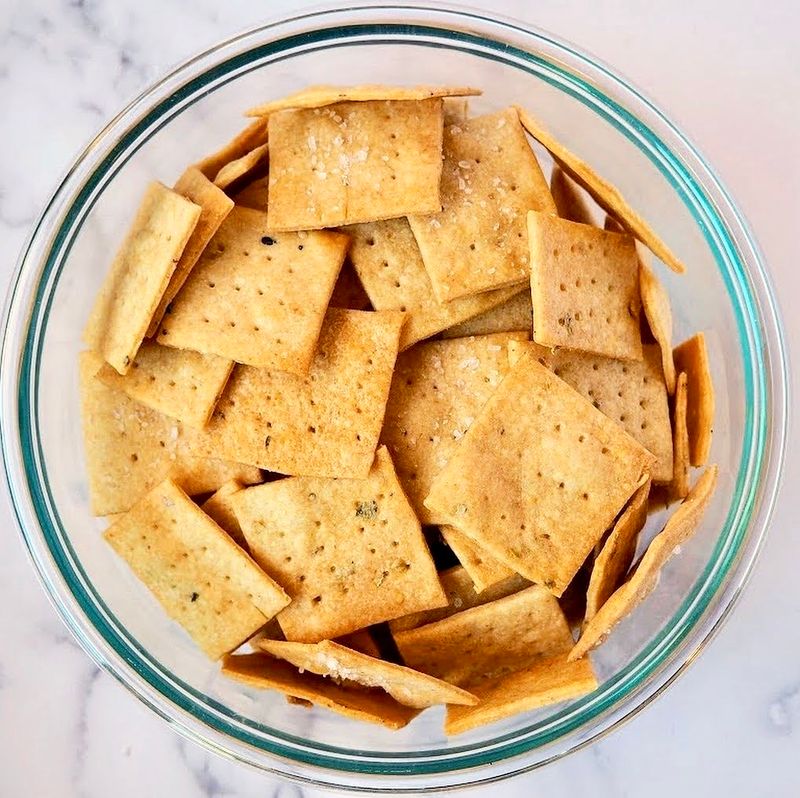
Crackers and chips are highly processed snacks made from simple carbohydrates that are rapidly converted to glucose. For individuals with type 2 diabetes, these snacks can cause quick elevations in blood sugar levels. Choosing whole grain or baked alternatives can offer a more balanced snack option that provides fiber and nutrients. The satisfying crunch and salty flavor make them a popular choice, but they often lack the health benefits needed for stable glucose management. Mindful snacking, with an emphasis on whole food ingredients, can enhance dietary choices.
17. Ice Cream
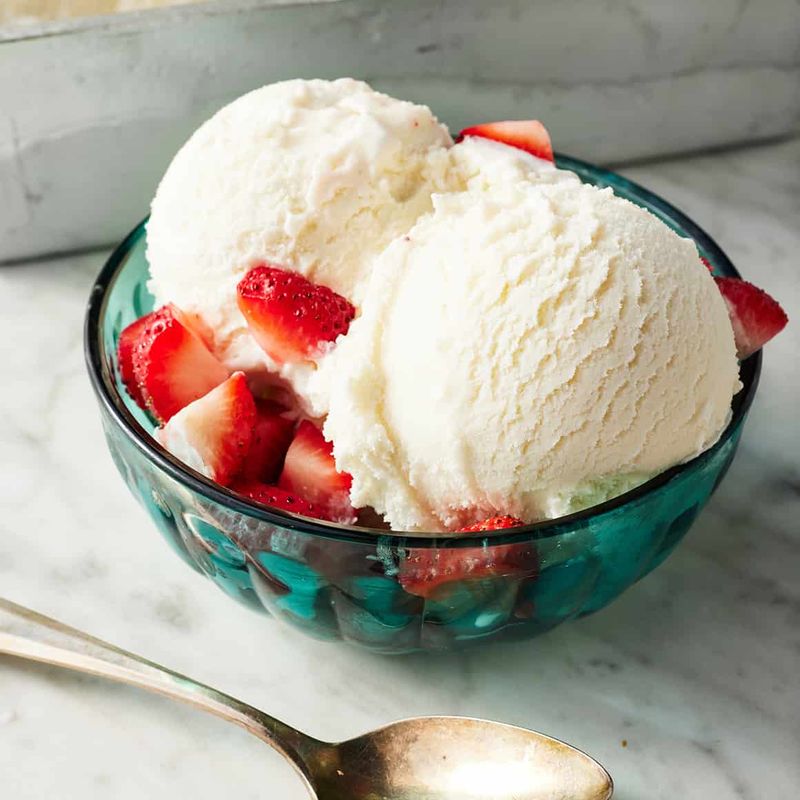
Ice cream is full of added sugars and saturated fats, making it a challenging treat for individuals with type 2 diabetes. These ingredients can lead to rapid blood sugar spikes and additional health concerns if portions are not controlled. Opting for sugar-free or low-fat alternatives can help satisfy sweet cravings without compromising blood glucose levels. The creamy, sweet taste of ice cream is indulgent, but moderation and careful selection of varieties can play a role in diabetes management. Being mindful of portion sizes is key to enjoying this dessert.
18. Processed Meats (Like Bacon and Sausage)
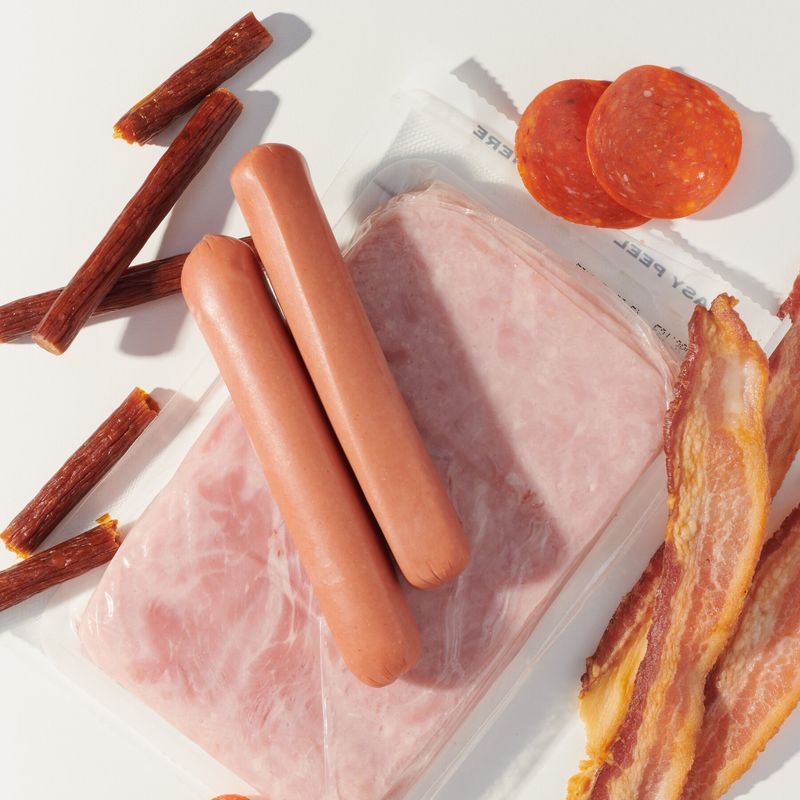
Processed meats, such as bacon and sausage, often contain added sugars, preservatives, and unhealthy fats. These components can exacerbate blood sugar management for those with type 2 diabetes. Opting for leaner cuts of meat or plant-based alternatives can reduce intake of unhealthy fats and sugars. The savory taste and aroma of these meats are enticing, yet considering their impact on blood glucose is important. Choosing fresh, minimally processed protein sources can support healthier eating habits overall. The balance of taste and health can be achieved with mindful selections.
19. Flavored Coffee Drinks

Flavored coffee drinks often contain syrups and whipped toppings that can lead to major sugar spikes, posing challenges for those with type 2 diabetes. Choosing plain coffee with low-fat milk or plant-based alternatives can reduce sugar intake while still enjoying a flavorful drink. The rich taste and inviting aroma of these specialty coffees are appealing, yet they come with hidden sugar content. Being aware of ingredients and making conscious choices can support healthier coffee habits. Exploring sugar-free syrups or spices like cinnamon can add flavor without added sugars.
20. Granola Bars
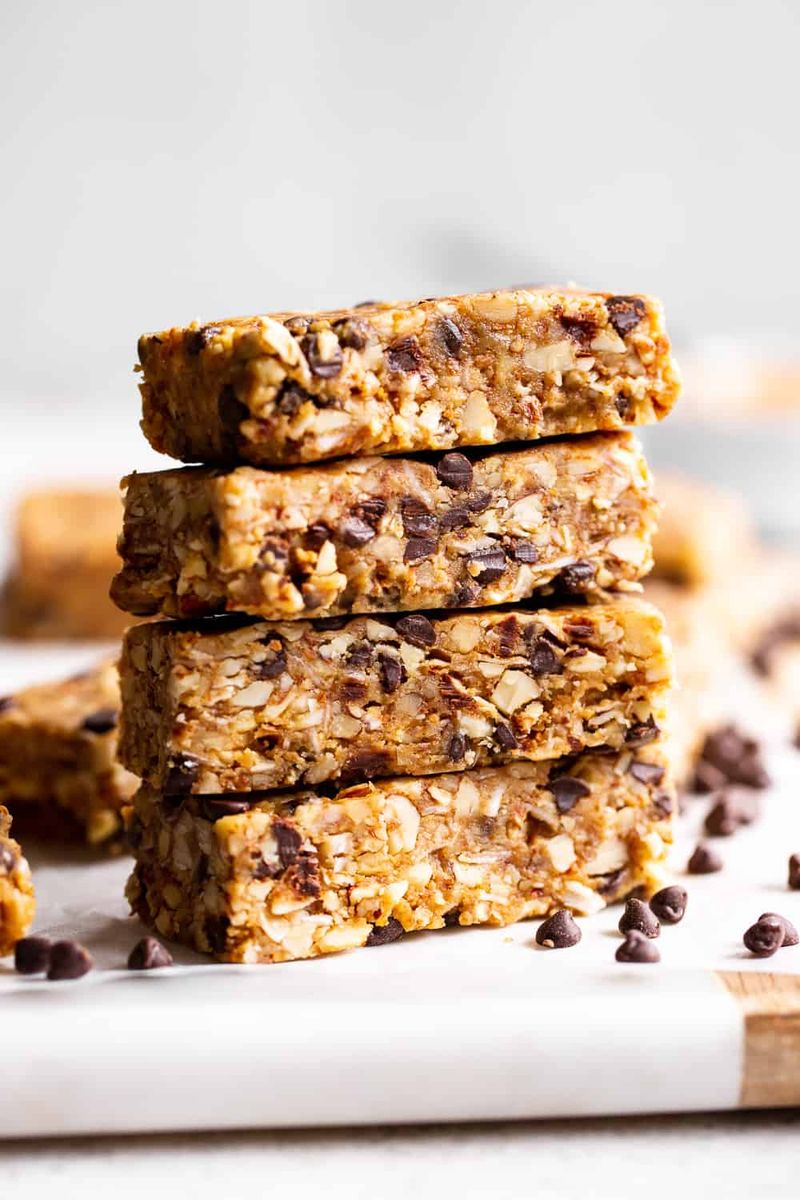
Granola bars are often marketed as healthy snacks, yet many are packed with sugars, syrups, and refined grains. For individuals with type 2 diabetes, these bars can lead to unexpected spikes in blood sugar levels. Opting for bars with natural ingredients, lower sugar content, and higher fiber can provide a more balanced snack. The chewy texture and sweet taste might suggest health benefits, but reading labels is crucial to ensure they align with dietary needs. Exploring homemade options can also offer better control over ingredients and nutrition.
